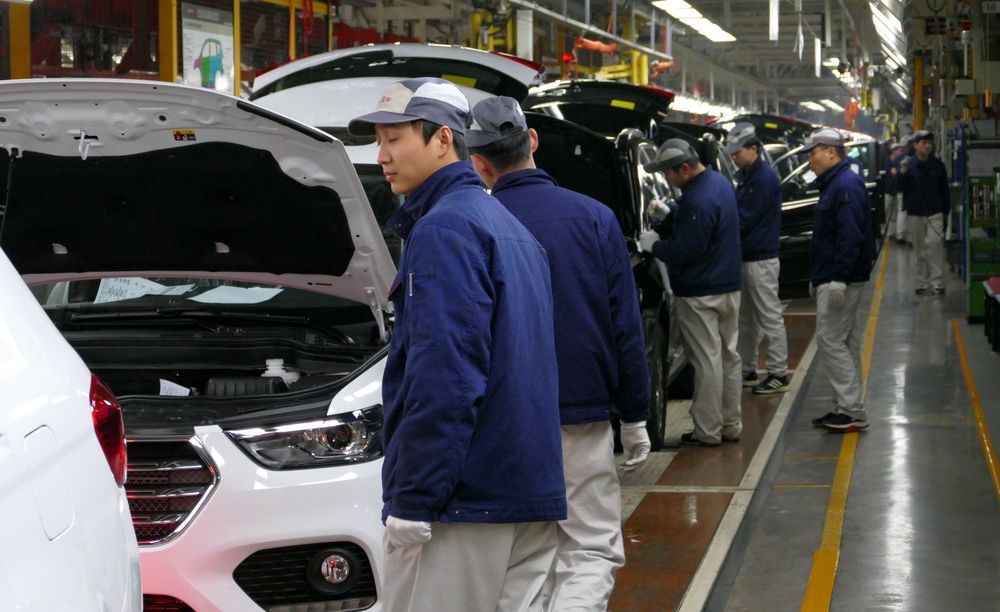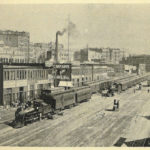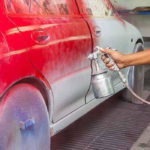
Brazil automotive industry 2017The Brazilian sector is regulated by the Associação Nacional dos Fabricantes de Veículos Automotores (Anfavea), produced in 1956, which involves automakers (automobiles, light cars, trucks and buses) and agriculture machines with factories in Brazil. With a population of more than 210 million people, Brazil is the biggest fleet marketplace in South America. The Brazilian market continues to be very competitive, and all automotive companies are employing a selection of economic incentives to defend and bolster industry shares. 1 optimistic aspect for future fleet sales in Brazil is the massive interest from international investors seeking for new projects. Brazil’s tremendous infrastructure demands, indirectly translates into an uptick in truck and gear purchases amongst subcontractors.
The consultancy Carcon LMC estimates that idleness will be a lot more than 40% this year, taking into account the production possible of 6.5m units in South America. The predicament is set to worsen in 2015, when inactivity might account for about 44% of capacity. Thereafter, utilisation should enhance to a healthier percentage for the business.
Whilst 2015 is anticipated to be period of adjustment, development is anticipated to recover from 2016. In spite of the weak performance of the Brazilian automotive business in 2014, there is excellent prospective for the future. At present, the nation has five.1 people per car – a very low rate compared with neighbouring Argentina, which has about 3.5 individuals per vehicle. To reach this level, we would want to add 20m cars to the national fleet,” estimates Megale, indicating that automotive organizations which are setting up manufacturing facilities in the country ought to not be disappointed in the medium term.
Automotive Industry In Brazil Expects Profitability Downturn, Overcapacity, Cost War
brazil automotive industryThe Brazilian sector is regulated by the Associação Nacional dos Fabricantes de Veículos Automotores (Anfavea), produced in 1956, which contains automakers (automobiles, light vehicles, trucks and buses) and agriculture machines with factories in Brazil. Brazil’s automotive market place accounted for 2.68 million automobiles in 2010 and is anticipated to grow by 48% through 2020. VW and Fiat are the top OEMs in Brazil and although they will exhange the prime spot more than the subsequent 10 years, they will continue to be closely trailed by Chevrolet. OEMs experiencing some of the largest development rates by way of 2020 incorporate Hyundai (with 348% development) and Toyota (with 116% development).
Beneath pressure to lessen the public deficit, the Brazilian government has reinstated a customer tax on new automobiles (IPI), which will raise prices amongst four.five% to 7%, depending on the vehicle’s size. This signifies that Brazilian car firms have to pass a higher tax burden on to buyers in an adverse financial atmosphere. In addition, the Federal Government has started a deep spending assessment, cutting numerous projects and subsidy applications, and it is rather unlikely that it will have sources to help the ailing automotive sector.
The industry is presently debating the extension of the programme: ‘Inovar-Auto 2′. Pieracciani believes that the very first phase has currently resulted in an increase in nearby content material, a strengthening of the auto components market, the evolution of national engineering and the arrival of a lot more contemporary and effective autos. A likely second step of the programme should in turn concentrate on setting more ambitious targets for security within the domestic industry.
Brazil Automotive Business Shows Uptick In 2018brazil automotive industry
brazil automotive industry growthSAO PAULO: Brazil auto production and sales fell in November, but industry representatives stated on Thursday they are optimistic that 2019 will be a year of development, thanks to a new incentive plan and expectations about the incoming government. Penske’s Sarti suggests Rota 2030 is extremely critical to the automotive sector in the nation. When it is implemented, he says, carmakers will be in a position to operate in a far more stable environment, getting advantages and incentives that promote investment in R&D. Brazil’s automobile sector should be competitive worldwide and the programme supplies some beneficial tools to boost its capabilities, he suggests.
The government position shows that President Rousseff is willing to make adjustments to the economy and that stimulus for sales will not be granted so simply in her second mandate. Nevertheless, the Ministry of Finance has declined to comment on plans for the automotive sector more than the subsequent four years, saying it is a sensitive” issue. At the time of writing, is uncertain which ministers will assume the most critical portfolios for the automotive industry.
At present, the most productive genuine Brazilian auto organization is Troller , with its T4 and Pantanal models. It sells all over Latin America and Africa. In the final few years, the Brazilian auto sector has grown rapidly, attracting investments from the major worldwide automakers. In 2007, Brazilian production grew 14% compared to 2006 figures, reaching more than 3 million automobiles.
Consequential Pressure On Brazil Automotive Industrybrazil automotive industry forecast
brazil automotive industry analysisSAO PAULO: Brazil auto production and sales fell in November, but market representatives mentioned on Thursday they are optimistic that 2019 will be a year of development, thanks to a new incentive plan and expectations about the incoming government. According to Margarete Gandini, coordinator in the commission of the Ministry of Market and Foreign Trade (MDIC) for agricultural and road machines, the automotive sector in Brazil remains in want of some adjustment in spite of the recent efforts of the government. Inovar-Auto is the 1st step, not a completed function, and it is significantly a lot more complicated than what was envisaged when defining the project,” he says.
Auto production is concentrated in the south and southeastern portion of Brazil. In São Paulo, there are 419 auto parts producers. The top 5 automotive producers for passenger cars incorporate Volkswagen, Fiat, Basic Motors, Ford, and Renault. Despite the financial crisis, OEMs still continue to invest in the nation. In reality, Sao Paulo, Brazil nevertheless receives the highest share when it comes to investments.
Middle class spending may be element of the rise in auto consumption, and may possibly bode well for a rise later this year for demand inside the architectural paint segment. In March, Fabrice Cambolive, the CEO of Renault Brasil, told economic magazine Valor Econômico, that he believed in a fast recovery for the Brazilian market place. His organization is expanding its model offerings to invest in what Cambolive mentioned he believes to be the biggest growth region in the Brazilian vehicle sector, which is sport utility cars, or SUVs. He was quoted as saying that from 2014 to 2016, the marketplace share for SUVs grew from six % to 15 percent. This is anything I have by no means noticed in one more nation,” Cambolive was quoted as saying.




